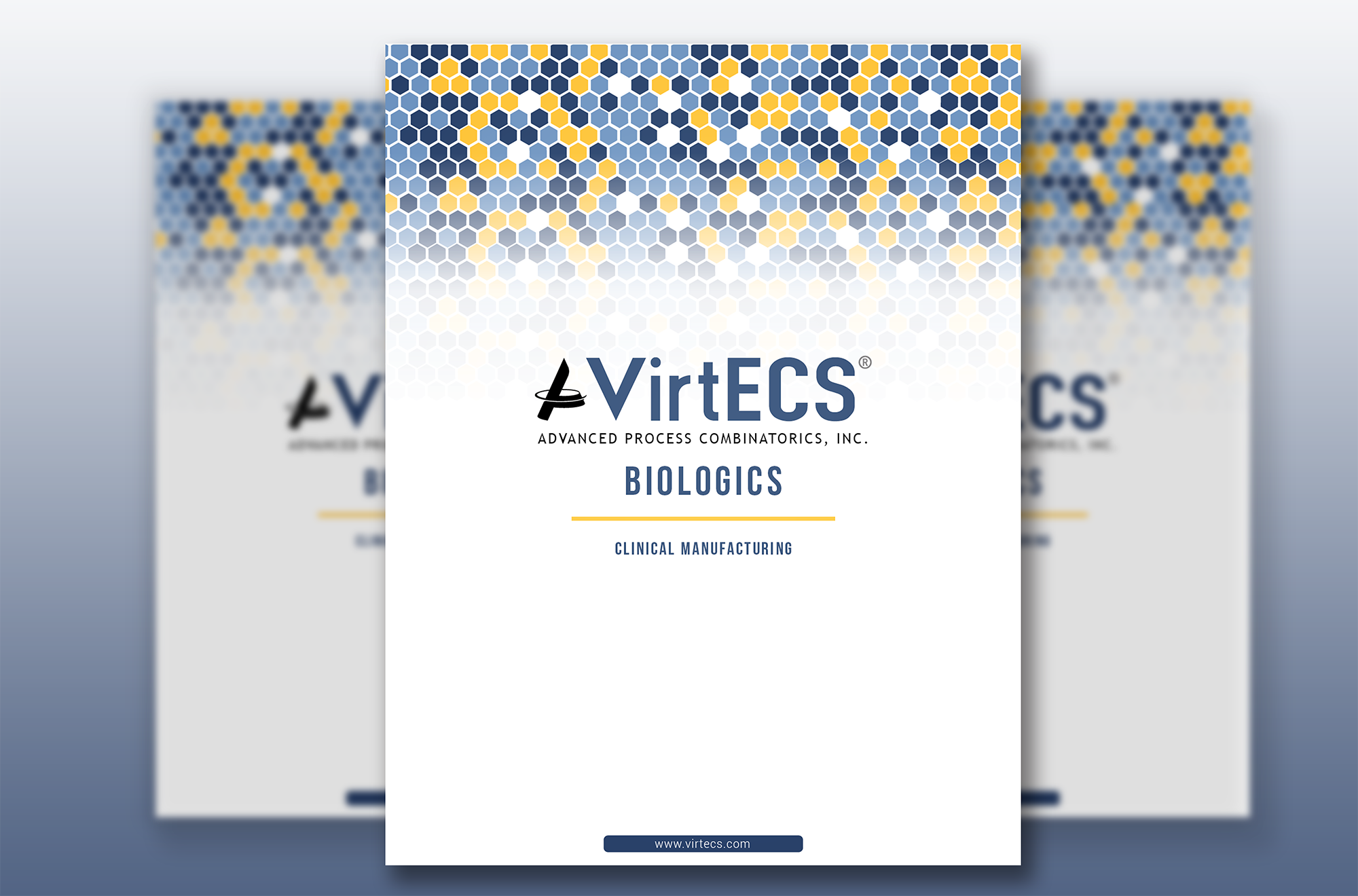In recent years, manufacturers have started prioritizing investments in automation and AI for their plants. According to data from IFS, more than 90% of all manufacturers are planning to invest in AI for their production processes. We recently took a closer look at how AI and automation are impacting the pharmaceutical industry, offering benefits like heightened monitoring and detailed data collection.
However, relying entirely on an algorithm to run your critical manufacturing processes can carry significant risks. Over the years, there have been several examples of error-prone and biased decisions coming from AI tools. As such, there are questions about the security and safety of relying on AI and automation, particularly for highly regulated manufacturing fields.
To overcome these concerns, some companies have utilized a Human-In-The-Loop (HITL) approach. HITL refers to a model that requires human interaction at some point in the tool’s process to further strengthen the machine’s results. As noted in a 2018 Stanford study, HITL models are typically more accurate than both AI and human-only models. In addition to improving accuracy in your plant, there are several other leading reasons manufacturers are incorporating HITL models into their sites.
Get Started Quickly & Accurately
AI-powered software relies on a mass amount of data to learn patterns and provide solutions. When your plant introduces a new element of production or starts manufacturing a new product, the data set may not be large enough at first to produce an accurate algorithm. Relying on automation while still in an introductory phase often leads to increased errors and delays, which can be especially troublesome when rolling out a new product to market. Using HITL instead can help the system get up and running more efficiently from the start. As a result, the AI can observe successful examples of the new production pattern and begin adapting its algorithm quickly.
Better Read on Data
While algorithms can process sets of data very efficiently, the solutions it presents are only as strong as the data itself. If much of the data is raw or unorganized, the software will still produce unoptimized results. According to IDC, 90% of all data is “dark data,” meaning it must be labeled or structured before being fed to machine learning programs. This is where human knowledge and intervention becomes invaluable. By 2027, Global Market Insights predicts the data labeling market will be worth $5.5 billion. Once data is sorted or labeled based on employees’ real-world understanding of the plant, the AI can perform a more precise analysis and produce better, more accurate work.
Solve Issues
Despite their reputation for precision, sometimes machines still fail. We’ve seen this fact evidenced in several recent examples, such as AI imaging that produces portraits of models with a few too many fingers and automated recruiting tools that developed a gender bias. In these cases, had there been a dedicated, knowledgeable employee overseeing the AI’s activities, they could have resolved the problem manually before they were put into wider practice.
Increase Safety
In highly sensitive industries, such as pharmaceutical manufacturing, it’s especially critical for products to have “human-level precision.” Though machine learning can improve tracking and monitoring efforts, most still don’t trust AI to correct or repair mistakes. When people’s health is at stake, it’s absolutely essential for each product to be completely correct and safe. Having a human in the loop to double-check and fix errors identified by automated processes is the best way for manufacturers to increase efficiency while also meeting industry safety regulations.
VirtECS, our algorithm-driven planning and scheduling optimization tool, is one example of software using a HITL approach. VirtECS has been designed to make the most of human interactions with the software. Our tool enhances classic AI in manufacturing with an underlying set of equations that describe the fundamental physics of the processes. Decision-makers can then make more efficient use of their process data and human input by using the program to determine its best possible use.
Once the algorithm has completed its analysis, users can still retain direct and precise control over the scheduled activities. When users input new constraints or manipulate the schedule, the algorithm can automatically adjust to provide a new optimized solution, even with little to no training. To learn more about how VirtECS® can support your planning, scheduling, and supply chain operations, download our short guide here.









